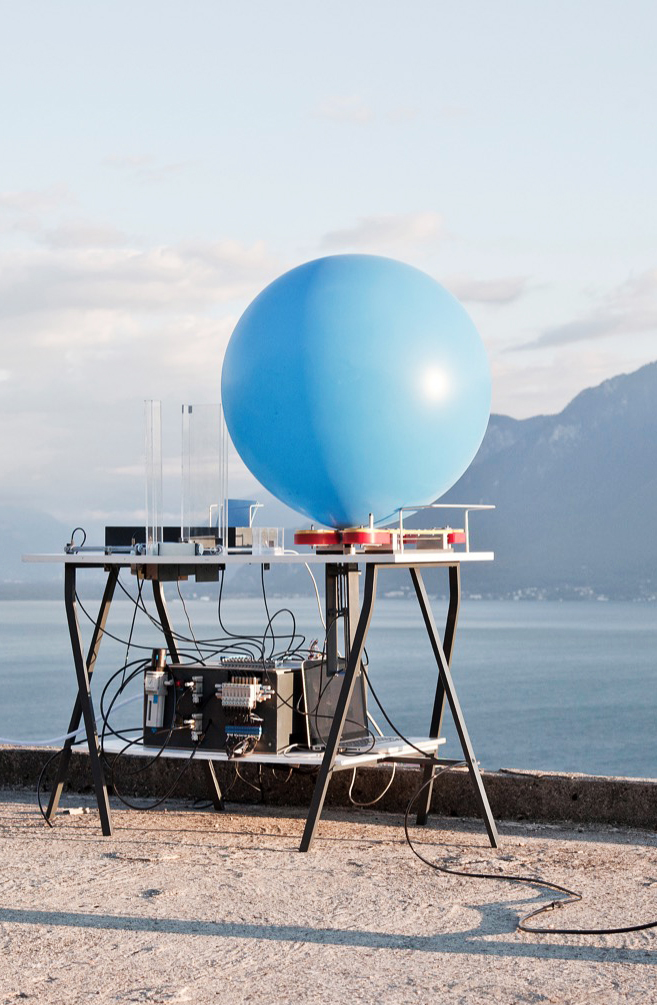
Ai-Spacefactory
Marsha
Marsha is a AI SpaceFactory’s NASA-award-winning design and prototype for a 3D printed Mars habitat. The prototype was printed nearly autonomously in 2019 within a 30-hour construction window. “Our 3D print technology uses a recyclable biopolymer composite which outperformed concrete in NASA’s strength, durability, and crush testing. ASTM lab tested and certified to be two to three times stronger than concrete in compression, our space-grade material is also five times more durable than concrete in freeze-thaw conditions.” Ai-Spacefactory


